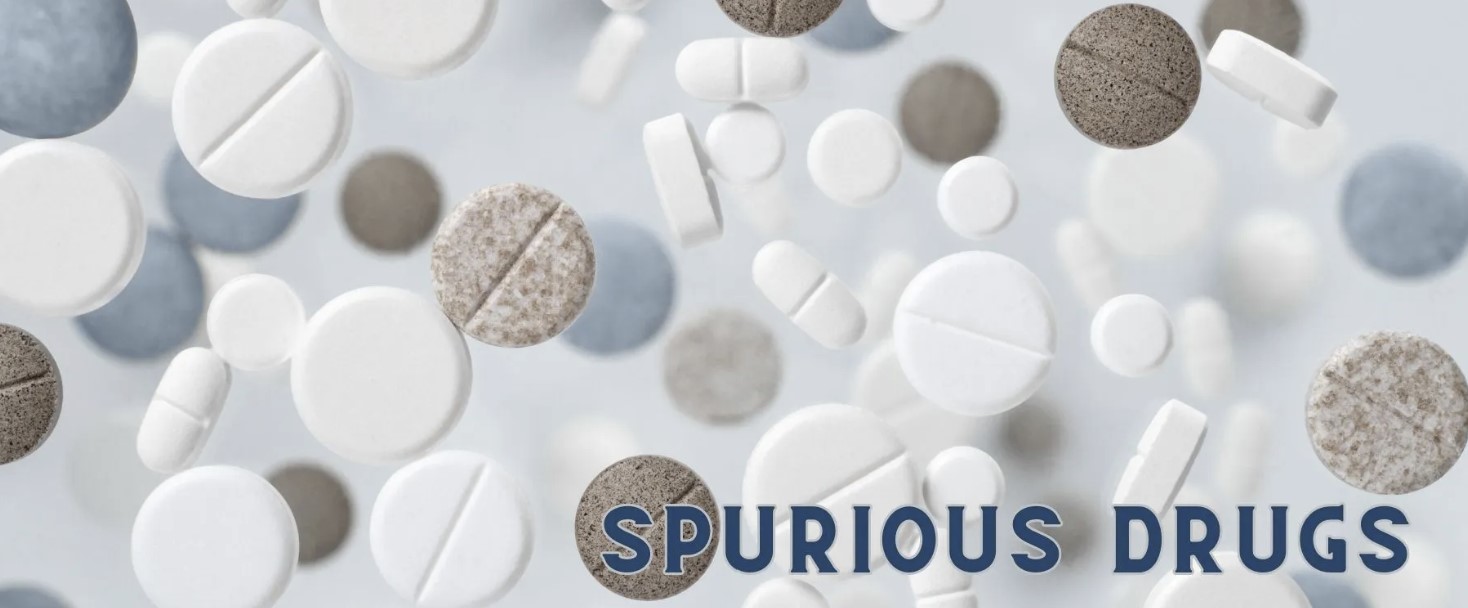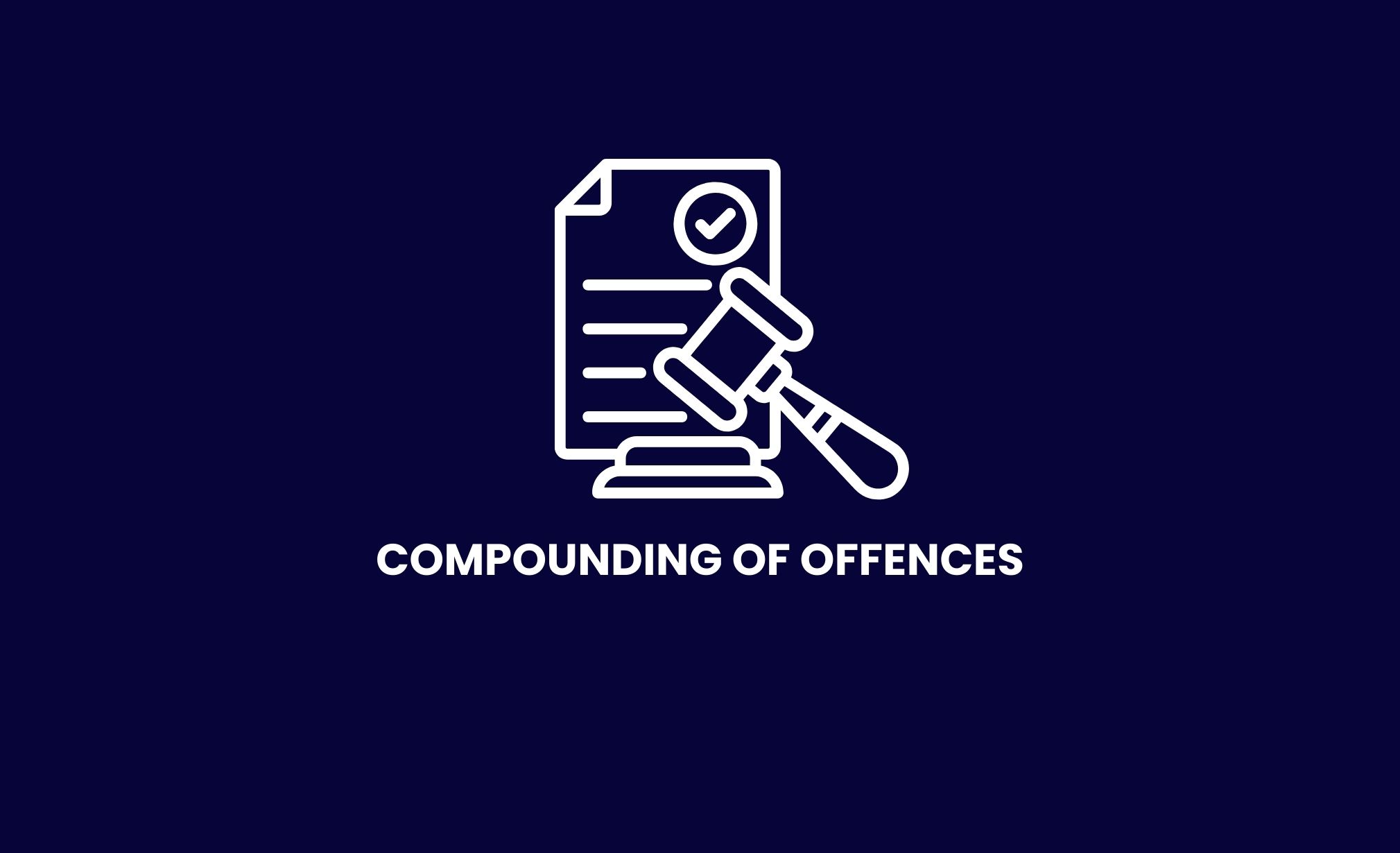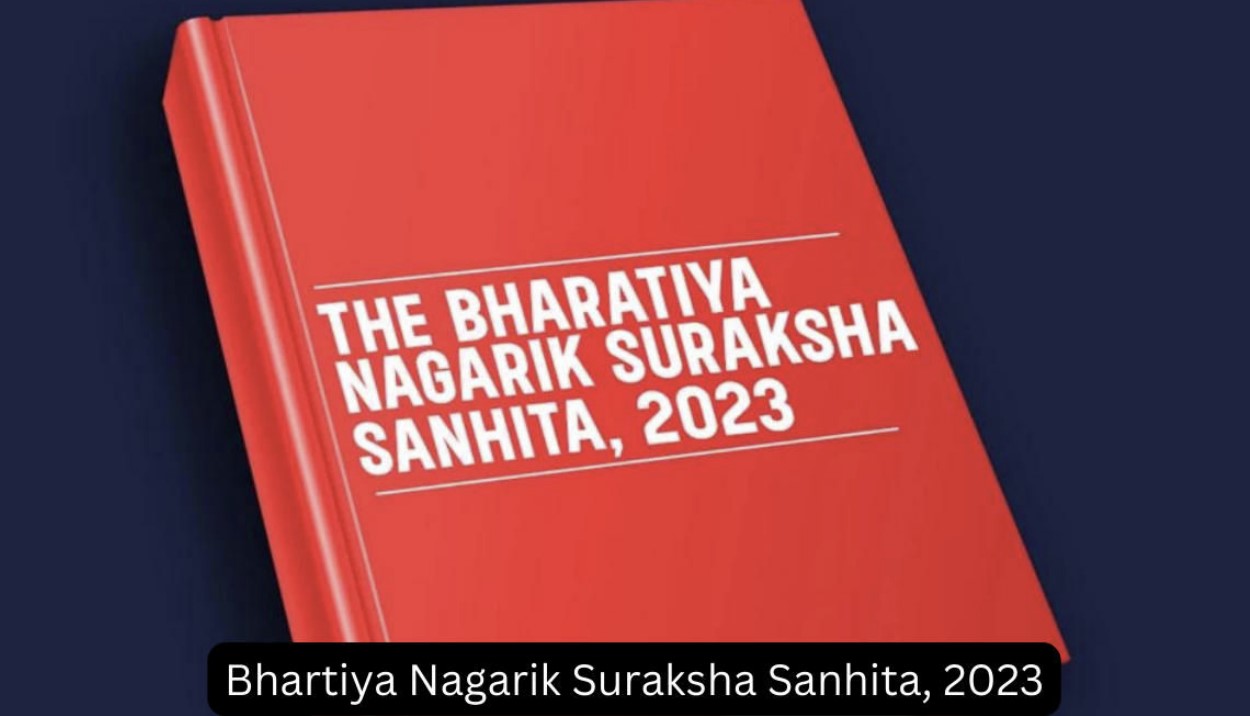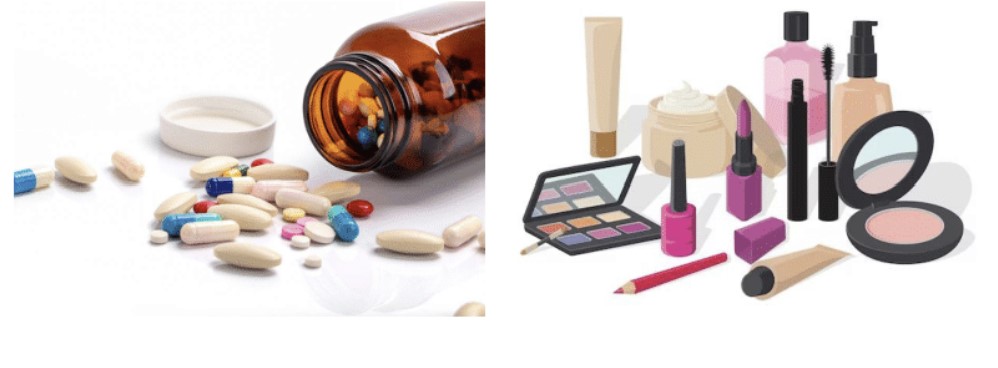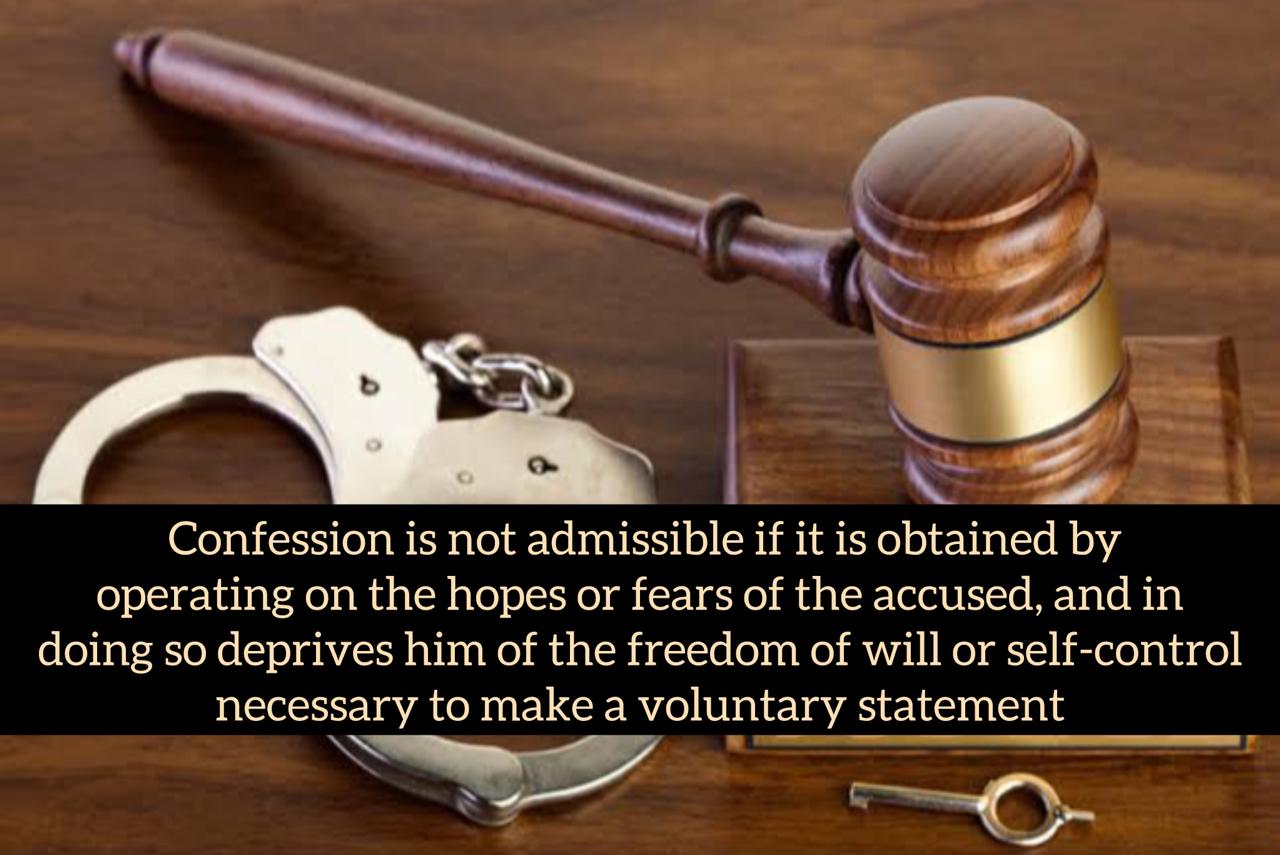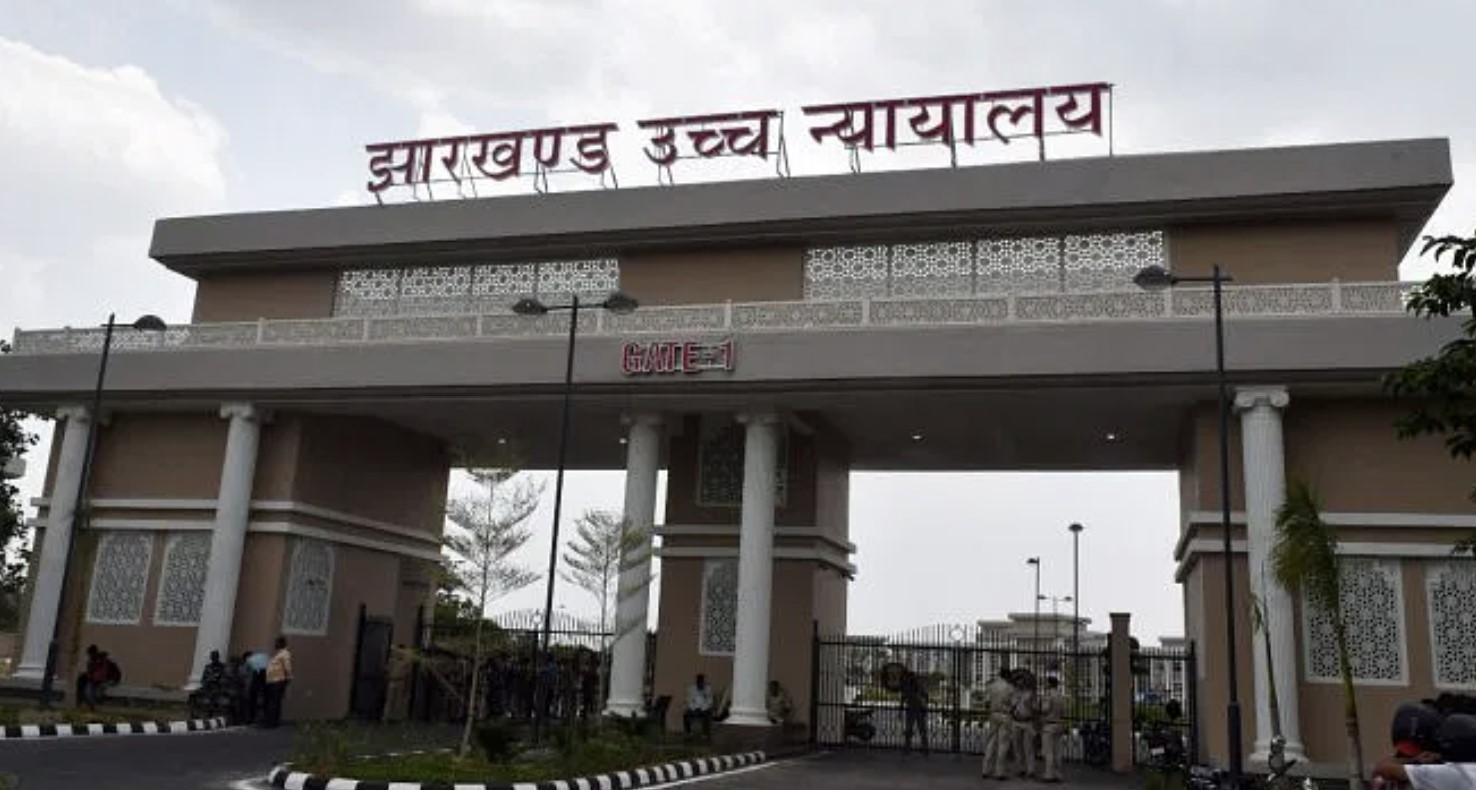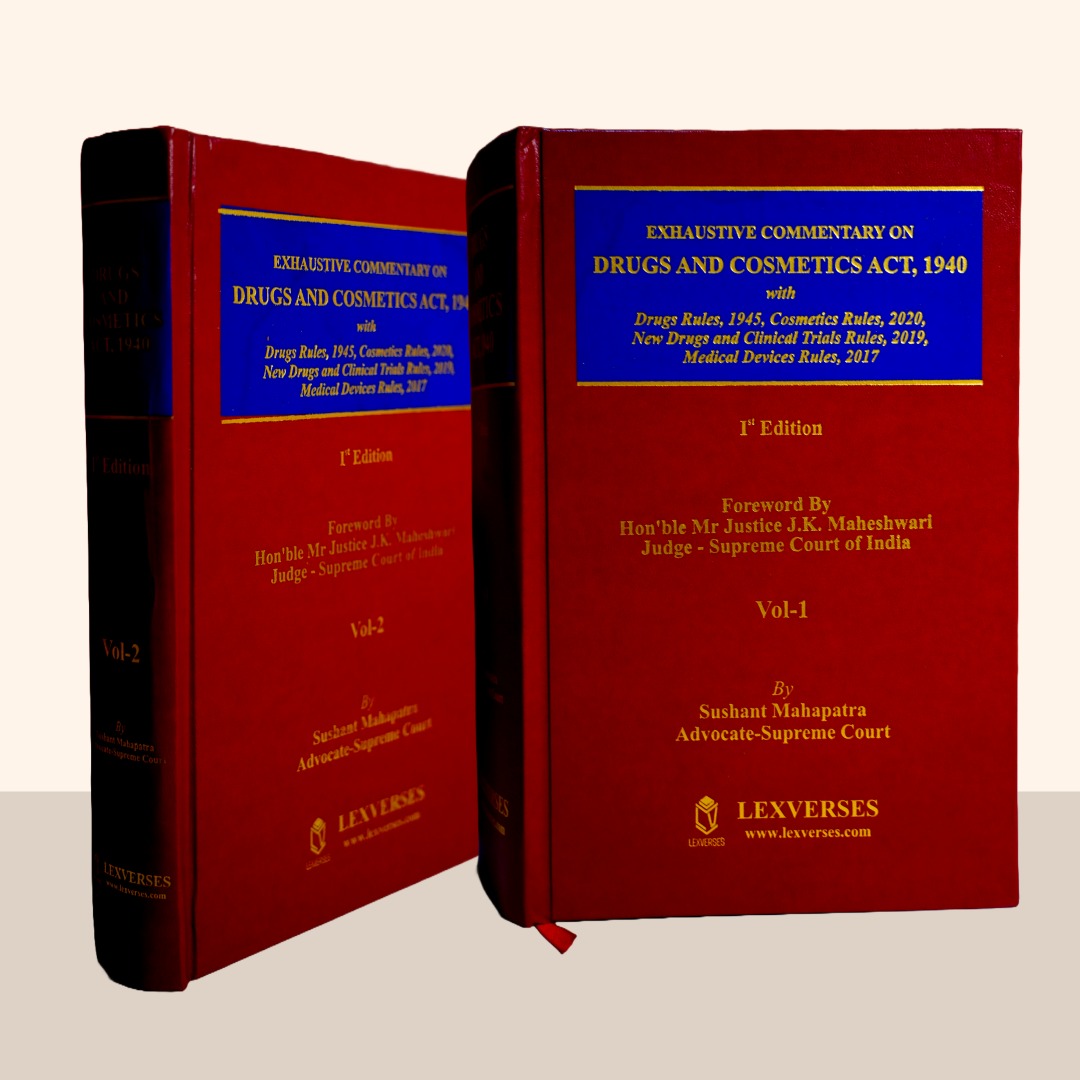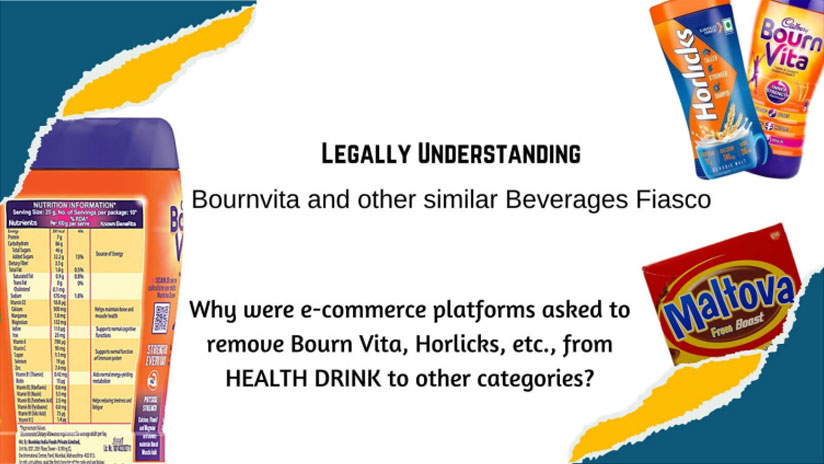Introduction
Section
17B of the Drugs and Cosmetics Act, 1940, serves as a cornerstone in the
regulatory framework for safeguarding public health by addressing the menace of
spurious drugs. Under this section, a drug is deemed spurious if it is
manufactured under the false pretense of being another product or brand,
falsely represents itself as the product of a specific manufacturer, or is
deliberately labelled, packaged, or marketed to deceive consumers into
believing it is a genuine product.
Definition and Scope
Section
17B of the Drugs and Cosmetics Act, 1940, defines and regulates spurious drugs.
A drug is deemed spurious if:
• It is falsely labeled as being
manufactured by a company that does not exist or is fictitious.
• It substitutes one ingredient for
another, thus misrepresenting its true composition.
• It does not conform to the prescribed
labeling standards, leading to consumer deception. Spurious drugs may also
include those that are manufactured without proper authorization or licensing,
imitating the packaging, labelling, or trademarks of well-known brands to
exploit consumer trust. The scope of Section 17B is broad, encompassing the
entire lifecycle of such counterfeit drugs, from production and distribution to
retail.
The primary objective of Section 17B is to ensure the availability of authentic and safe medicines in the market while deterring practices that compromise public health. Spurious drugs not only fail to meet the required quality, safety, and efficacy standards but may also contain harmful or inert substances that can endanger lives. By defining such drugs and prescribing stringent penalties, including imprisonment and hefty fines, the provision creates a robust deterrence against the manufacture and sale of counterfeit drugs. Regulatory authorities are empowered to conduct inspections, seize suspect products, and prosecute offenders under the framework of this section. Moreover, Section 17B reflects the broader legislative intent of the Act to protect consumers and maintain the integrity of the pharmaceutical sector. It aligns with international efforts to combat counterfeit drugs, reinforcing India's commitment to ensuring the quality of its pharmaceutical exports and domestic supplies. The provision addresses the challenges posed by the growing sophistication of counterfeiters by promoting vigilance and accountability among manufacturers, distributors, and regulatory bodies.
Conclusion
The
provision further empowers regulatory authorities to take stringent measures,
including inspections, seizures, and prosecutions, against individuals or
entities involved in the production and distribution of spurious drugs. Its
broad ambit underscores the government’s commitment to curbing the menace of
counterfeit medications, ensuring the availability of safe and effective drugs,
and safeguarding public health. Through Section 17B, the Drugs and Cosmetics
Act seeks to uphold the trust of consumers in the healthcare system while
preventing the far-reaching consequences of spurious drugs on individual and
public health.

